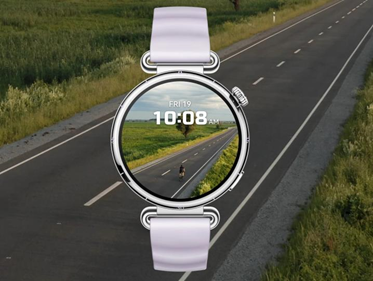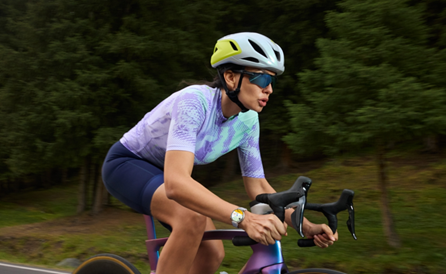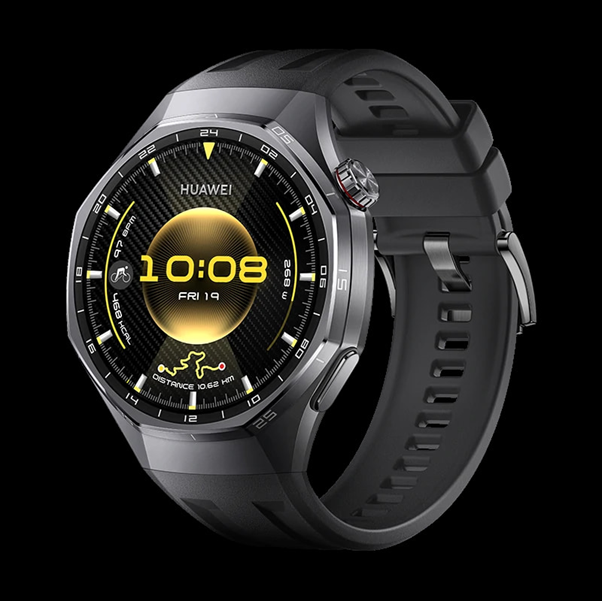Cycling performance improves when riders understand what actually happens during their sessions. Data reveals effort, terrain response, recovery needs, and pacing trends in ways that feeling alone cannot. Cyclists who analyze their ride data effectively build stronger habits, avoid repeated mistakes, and target precise areas for improvement. Smartwatches make this process simpler and more accurate by gathering key metrics without disturbing the flow of a ride. Advanced models like the HUAWEI WATCH GT 6 collect heart rate, speed, elevation, power estimates, and recovery indicators so cyclists can interpret their rides with clarity. Whether you train for races or casual bike cycling exercise, learning to analyze your ride data transforms the way you progress.

The Foundations of Smarter Cycling Analysis
Understand Your Core Metrics and What They Reveal
The first step in effective ride analysis is knowing which metrics matter most. Many cyclists focus only on distance or average speed, but deeper indicators offer far greater value. Heart rate, gradient, cadence, pace, and power trends reveal how your body responds to specific conditions. These metrics help you understand why performance changes on different days. The HUAWEI WATCH GT 6 supports detailed heart rate, speed, inclination, and distance tracking directly from the wrist. When reviewing your data, start by examining heart rate stability. A steady heart rate at a consistent pace suggests strong endurance. Sudden spikes may signal fatigue or inefficient pacing. Next, study elevation patterns. Climbing performance highlights leg strength and aerobic capacity, while descent control shows handling skill and confidence.
Compare Rides to Identify Patterns, Progress, and Weaknesses
Effective ride analysis comes from comparing multiple sessions, not evaluating one ride alone. Cyclists often notice improvements in pace or endurance only when viewing long-term trends. A smartwatch that stores historical ride data makes it easy to see how your body adapts. The HUAWEI WATCH GT 6 logs key metrics over time, enabling cyclists to track progress in speed, distance, elevation gain, and heart rate behavior. When reviewing your rides, pay attention to recurring patterns. Do you slow down after the same distance each time? Do certain hills consistently drain your energy? Are your recovery periods shortening between intervals? Identifying these patterns allows you to refine your training strategy with intention.
Know How Terrain, Weather, and Fatigue Influence Your Data
Ride data should never be interpreted without context. Weather, wind, terrain, temperature, and fatigue all influence performance. Cyclists who analyze data effectively learn to read beyond the numbers and interpret what caused them. For example, a slower-than-usual pace on a windy day does not indicate a performance decline—it simply reflects external resistance. A higher heart rate during a hot ride may reflect dehydration or heat stress rather than poor fitness. The HUAWEI WATCH GT 6’s detailed altitude trend display and real-time gradient metrics help cyclists see how the terrain contributed to performance. A challenging climb explains higher heart rate zones, slower speeds, and longer cadence changes. Likewise, fatigue plays a major role. If you track HRV, sleep, and stress using the watch’s TruSense system, you see how fatigue influences ride quality.
Turning Ride Data Into Clear Actionable Improvements
Use Data to Refine Pacing and Energy Distribution
Ride analysis becomes powerful when cyclists use insights to improve pacing. Many riders start too fast, overspend energy on early climbs, or fail to maintain a consistent cadence. Data reveals these mistakes clearly, allowing cyclists to adjust future rides. If your ride data shows heart rate spikes early during a session, you likely push too hard at the start. If speed declines sharply during the second half, you may need better energy management. Smartwatches like the HUAWEI WATCH GT 6 provide real-time indicators during the ride—heart rate, speed, grade, and cycling virtual power. After the ride, reviewing these patterns helps you design more even pacing.
Use Terrain and Gradient Data to Build Better Route Strategies
Cyclists often struggle because they treat all routes the same. Effective analysis teaches you to adapt training to specific terrain types. Climbing, descending, and rolling routes each challenge your body differently. The HUAWEI WATCH GT 6 clearly displays altitude trends, elevation changes, and real-time grade—helping cyclists evaluate how elevation shapes performance. When analyzing your ride, study how your pace changes on different gradients. If you slow down significantly on moderate climbs, increase your hill training volume. If you descend too cautiously, work on handling skills. Use your data to build intentional route strategies. For endurance training, choose long, steady routes. For strength, focus on steep climbs.

Transform Ride Data Into Personalized Training Plans
Ride data becomes most valuable when cyclists transform it into customized training plans. Many riders train randomly, which limits progress. A structured plan ensures each session builds toward a goal. After reviewing heart rate patterns, elevation challenges, and speed consistency, decide what to target. Maybe your hill performance needs improvement. Maybe your sprint power is rising, but your endurance is lagging. Smartwatches simplify this by storing consistent metrics and showing long-term trends. The HUAWEI WATCH GT 6 provides cyclists with training insights and power-related data when paired with additional sensors. This helps you track key performance metrics and use real numbers to shape future sessions.
Conclusion
Cyclists analyze ride data more effectively when they understand what each metric reveals, compare long-term patterns, and interpret performance within the context of terrain, fatigue, and conditions. When data guides pacing, strategy, and training structure, cyclists avoid repeated mistakes and build steady progress with confidence. Tools like the HUAWEI WATCH GT 6 simplify this process by delivering real-time insights and storing detailed metrics for thoughtful post-ride reflection. With a clearer understanding of heart rate behavior, elevation response, speed trends, and recovery signals, cyclists turn every ride into a meaningful step forward. Data-driven cycling creates smarter decisions, stronger habits, and better performance on every route.







